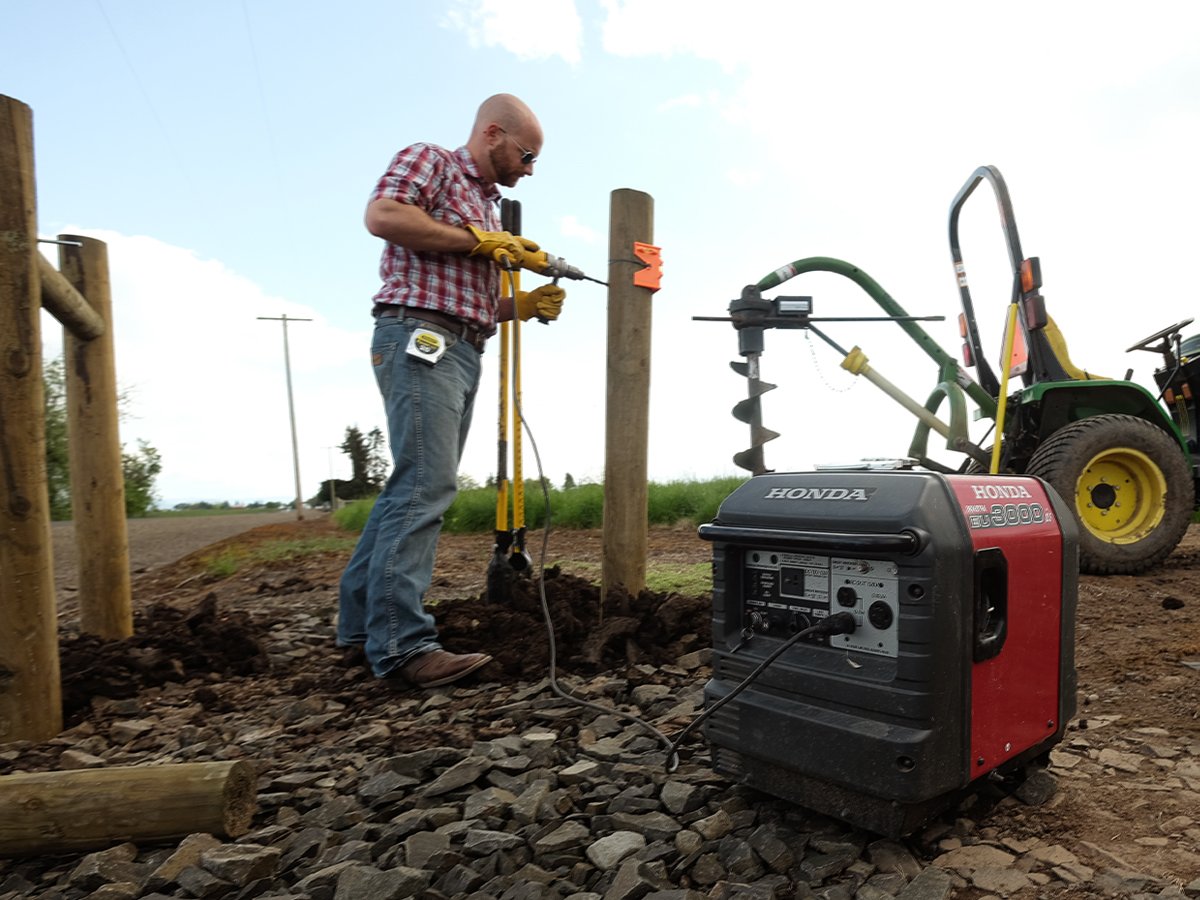Choosing a Generator
January 23, 2022
Generating Power in Any Situation
Electricity has become a necessity for most American households. Natural disasters or issues with the grid can mean hours, days, or even weeks without power. That’s why so many families are buying generators.
Generators are a great source of backup power during a blackout. Plus, if you get the right model you can take it hunting or camping.
Narrow Your Search
You have two choices when it comes to generating your own power, outside a full solar-powered array and giant battery. Your options include a portable generator or standby generator.
Portable Generators are less expensive than standby models, typically costing anywhere from $500 to $3,000. With a portable model, you simply wheel or carry the generator outside and plug it into your home or RV.
Coastal Tip: Generators produce carbon monoxide, which is a very real danger if the gas gets into your home. To avoid poisoning, add a carbon monoxide detector to all levels of your house.
The more bells and whistles you choose the higher the price. Some come with key ignitions rather than pull-starts. Some come with wheels. And some promise a quieter engine. Those options are up to you and what you need (and what your city and campsite noise restrictions will handle).
Depending on the model you choose, you can simply plug several appliances right into a portable generator with extension cords. To use it without extension cords, hire an electrician to install a manual transfer switch. That will allow you to plug the generator right into your home and run your outlets.
A manual transfer switch subpanel can be installed off your main circuit with an accessible inlet box on the outside of your home. Sounds complicated, right? It is. You’ll want to hire an electrician for this one.
Once installed, you can quickly hook up your generator when the electricity goes out. Simply turn off all unnecessary breakers in your fuse box, plug your generator into the subpanel inlet from the outside, start up the generator, flip on the transfer switch breaker, choose the main breakers you want to power, and enjoy living off the grid.
Coastal Tip: be sure any extension cords you run from a generator into your home are at least 14 gauge. Otherwise, you could damage your generator or cause a fire.
Once power comes back on, just turn the main breakers in the transfer back to utility power, turn on all the remaining circuits, turn off your generator and unplug the cords.
Standby Generators
Your second choice is a bit more expensive, ranging from $5,000 to $15,000 after installation. But what standby generators lack in affordability they more than make up for in simplicity and convenience.
Standby generators look very similar to an air conditioning unit in size and shape. They sit outside your home, run on natural gas (or propane) and are attached to your electrical panel by a certified technician/electrician. These units automatically turn on when the power goes out. Additionally, standby generators are often powerful enough to run almost everything in your home, even air conditioners.
Know Your Power Needs
Before you can pick a generator, you need to know your power needs? Are you taking the generator elk hunting? Or is this generator for your home? Add up your wattage needs with the chart below. This will give you a better idea of the size of generator you should buy. Once you have a complete list, multiply your wattage needs by 1.5 to give your generator a little breathing room.
Have something that’s not on the list? Just look for a power consumption label on any appliance or electronic device.
| Furnace | 1,000 watts |
| Air Conditioner (10K BTU) | 1,500 watts |
| Computer | 300 watts (ea) |
| Microwave | 1200 watts |
| Refrigerator | 1,200 watts |
| Freezer (standalone) | 1,200 watts |
| Washing Machine | 1,200 watts |
| Dryer | 4,000 watts |
| Television (plus DVD or other player) | 400 watts |
| Hair Dryer | 1,500 watts |
| Stereo and CD Player | 60 watts |
| Coffee Maker | 300 watts |
| Garbage Disposal | 450 watts |
| Vacuum | 1,100 watts |
| Dishwasher | 1,500 watts |
| Lights | Varies per bulb |
Power needs can add up fast. When your generator is on, we suggest putting your family on an electricity diet. That includes charging smartphones and tablets.
Spark Your Search
Stop by your nearby Coastal Farm & Ranch and check out great portable generators from Honda, Champion, and Black Diamond, ranging from 1,000 to 7,000 watts. We can even answer questions and help make sure you go home (or hunting) with the right generator for your needs.
Coastal Tip: to plug a generator into your RV, simply switch off the circuit breaker, plug the cord from the trailer into your generator and switch the breaker to the on position.
Quick Facts
Keep your generator outside and away from all windows and out from underneath all awnings or covered patios at all times to avoid carbon monoxide poisoning. We cannot stress this enough!
Generators create electricity, and sparks can ignite fuel. Therefore, it’s a good idea to turn your generator off before refilling.
Use only UL-listed, three prong extension cords that can withstand the power of your generator.
Never cover cords or try to hide them. This can cause a fire if the cord heats up.
Estimate how long your generator will run on a tank with some quick math. Multiply .625 x (Number of Gallons) to calculate your hours of operation.
